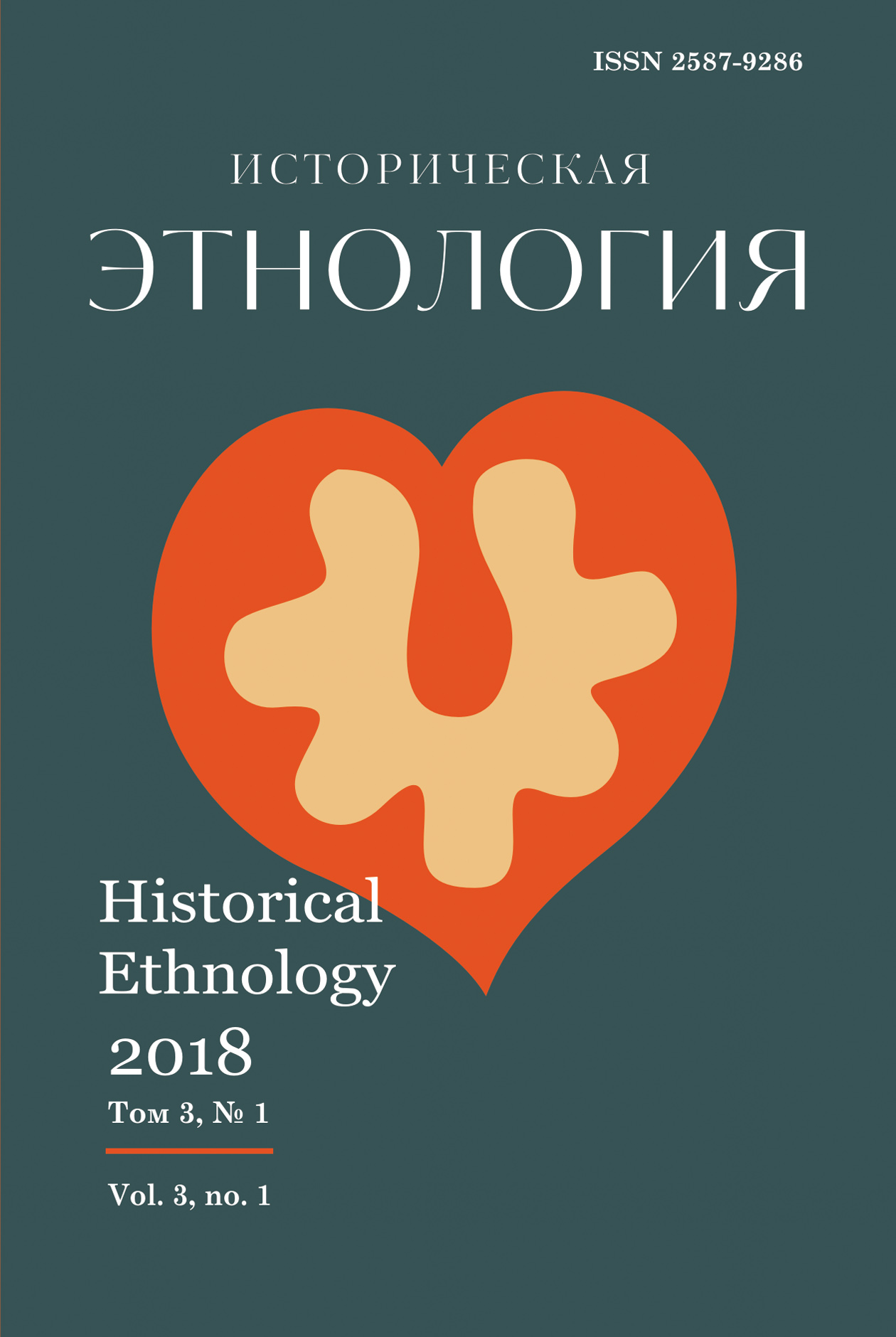
Main menu / 2018, vol.3, no.1 / R.S. Khakimov
Question of the Lower Border of Historical Studies in Terms of Data-DNA Genealogy R.S. Khakimov
6-13 p. doi.org: 10.22378/he.2018-3-1.6-13 Results and scientific novelty: the generally accepted approach in historiography is based on written sources. Chinese, Persian, Asian, Arab, and Latin sources are used to determine the boundaries of the written history of the Tatars. The beginning of the history of Tatars’ ancestors falls on the Hunnic period, not earlier than 214 BC. The more ancient times are depicted in legends. Presumably the ancestors of the Huns / Huns are preceded by Scythians. DNA genealogy allows us to clarify the time of the appearance of Scythians in the Volga region and their relation to modern Tatars. Thus, the "written" history is taken to at least the 7th century. BC. Historiography due to DNA analysis expands its boundaries into the depths of centuries. Keywords: historical studies, Tatars, DNA analysis For citation: Khakimov R.S. Question of the Lower Border of Historical Studies in Terms of Data-DNA Genealogy. Istoricheskaya etnologiya – Historical Ethnology, 2018, vol. 3, no. 1, pp. 6–13. DOI: 10.22378/he.2018-3-1.6-13
REFERENCES 1. Bichurin N.Ya. Sobranie svedeniy o narodakh, obitavshikh v Sredney Azii v drevnie vremena [Collection of Data about the Peoples who Lived in Central Asia in Ancient Times.]. Vol. 1. Moscow-Leningrad, N.N. Miklukho-Maklay Institute About the author: Rafael S. Khakimov is a Doctor of Science (History), Director of Sh. Marjani Institute of History of the Tatarstan Academy of Sciences (TAS), Vice- President of the TAS and Academician at the TAS (7A, Baturin St., Kazan 420111, Russian Federation); history@tataroved.ru
|
Istoricheskaya etnologiya Historical Ethnology
Scientific journal







